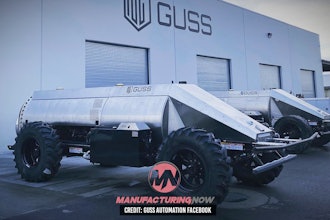General Motors’ newest vehicle will be out of this world. Literally.
The automaker and Lockheed Martin announced that the two companies are working together a new line of moon rover vehicles that astronauts will use in future lunar missions.
The car maker and aerospace and defense contractor noted that NASA’s upcoming Artemis missions are set to take humans to the Moon by 2024 for the first time since 1972. When they do, astronauts will use a range of rover vehicles to explore the lunar surface and perform experiments.
To enable this, NASA called on industry leaders in early 2020 to provide concepts for robotic mobility systems and lunar rovers, along with feedback on commercial technologies and acquisition strategies for a new lunar terrain vehicle (LTV). The new announcement said the LTV is only the first of the lunar surface vehicles the Artemis program will rely on.
Both GM and Lockheed Martin have a storied history of collaboration with NASA. GM was heavily involved in the guidance and navigation systems — and the LRV — used during the Apollo missions in the 1960s and early 1970s. Lockheed Martin has worked closely with NASA in all aerospace aspects for more than 50 years.
The two companies said the new LRV will deliver far better capabilities than its nearly 50-year-old predecessor, which was used during the last three missions that landed on the Moon — Apollo 15, 16 and 17. That LRV traversed only 4.7 combined miles from the landing sites, whereas “the next-generation lunar vehicles are being designed to traverse significantly farther distances to support the first excursions of the Moon's south pole, where it is cold and dark with more rugged terrain.”
The new LRV series will rely on GM’s technology in electric batteries and autonomous driving. The Associated Press, citing company officials, reported that the LRV will be unpressurized — meaning its two occupants will need to wear spacesuits.






















